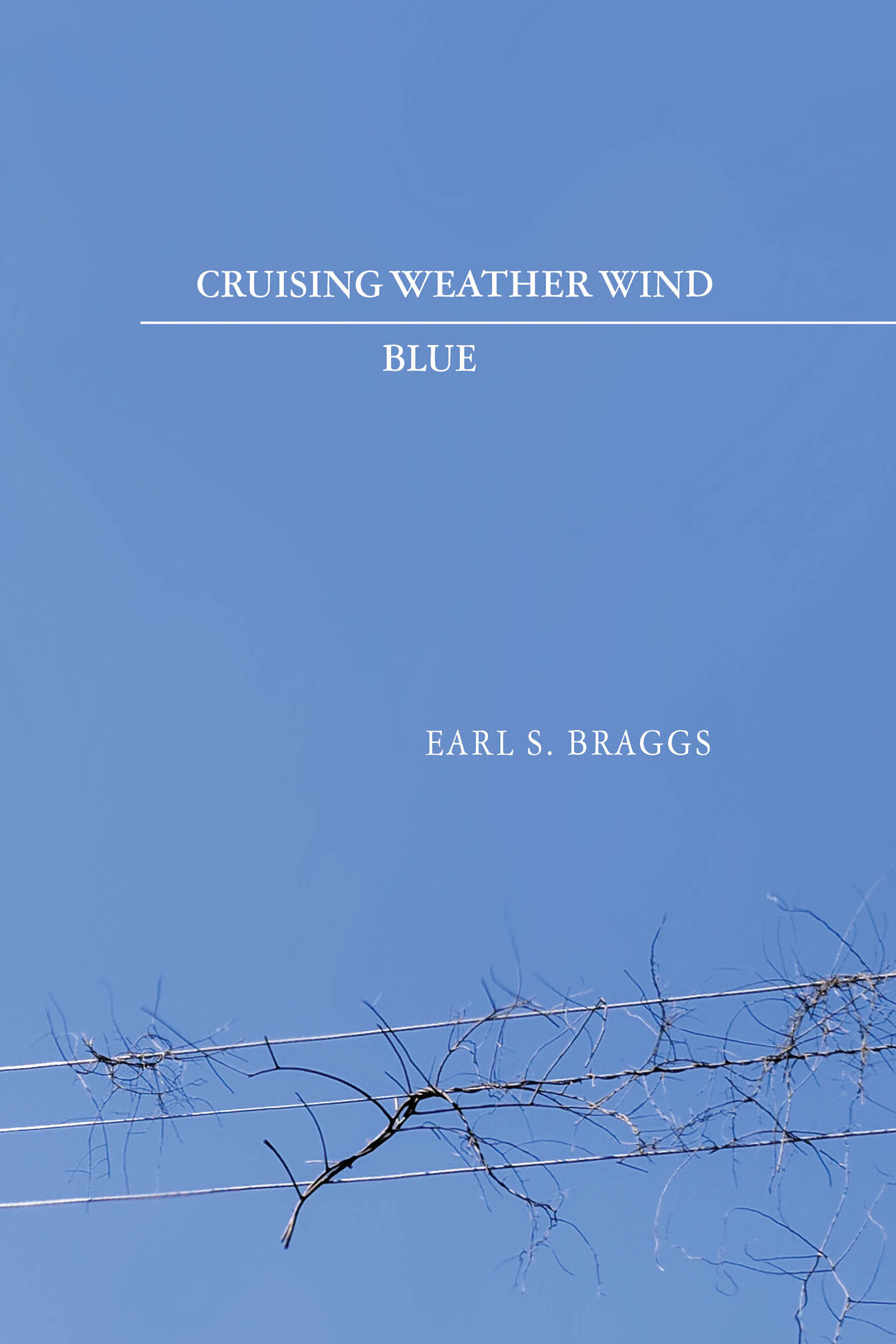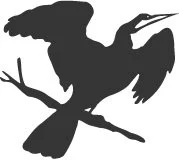
Cruising Weather Wind Blue by Earl S. Braggs
Cruising Weather Wind Blue confronts us with a combination of hard realism and musical lyricism, painting unforgettable images in unforgettable language. This is American poetry at its finest: as spacious as Walt Whitman, as frank as the Beat Poets, and as alive with witness as the poetry of the Black Arts Movement. Braggs is a master storyteller, bringing a wide range of characters and social circumstances to life on the page. From the loneliness and longing of an inmate in Folsom State Prison to the hard-won practicality of Miss Carolina Brown, we find resistance and hope on the “backside of/ ugly love.” Braggs’ voice and style are unlike that of any other poet I have encountered, with rhythms that embody the raw energy of blues greats like Bessie Smith and jazz legends like Miles Davis, capturing what it means to retain one’s dignity in a world where “Sign Here________/ is a question without a mark.” These poems will stay with you long after you read them, resonating their message of our shared humanity, documenting the pain and frustration of inhabiting the world—but also the great love and resilience we find here. — Holly Karapetkova
Excerpt from Clockwork Back, the Confederacy of Fences
If you want to know how America became America
the Beautiful, land of the free, don’t ask me,
ask Demark Vesey,
born in 1767 in Saint Thomas, hanged on July 2nd
1822
in Charleston, South Carolina for preaching
the truth.
For reasons, officially stated,… unknown. The moon
was shaped like a gun
that day in history just like yesterday in history
when they took down the Confederate Battle Flag
from the capitol grounds
of the town of James “Strom” Thurmond’s City.
The history of two weeks ago is too long of a way
to go, so somebody,
anybody walked into Demark Vesey’s AME church
and shot Demark Vesey
nine more times, point blank, in the face.
Among the dead faces, propped up
on the face of
a dark skinned modern day poster
29
Harriet Tubman and Sojourner Truth,
Nate Turner and Gabriel Prosser and David Walker’s
Appeal
to reveal what
tends, always, to be left out of history, the truth of
and about the Confederate
Battle Flag history of heritage and hate.
It is beyond too late to debate, but since we are talking
about Truth and Consequences,
let’s look closely at the economic impact of wallsand fences
and Confederate flags,
gray, stiff and dead, red, white and used-up blue glass.

